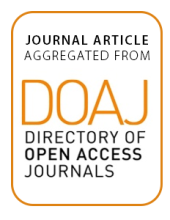Land Library
Welcome to the Land Portal Library. Explore our vast collection of open-access resources (over 74,000) including reports, journal articles, research papers, peer-reviewed publications, legal documents, videos and much more.
/ library resources
Showing items 1 through 9 of 9.This guide encourages communities to discover what development means for themselves and to question whether proposed plans and activities truly fit within their definition of and priorities for development.
This guide provides a simple yet complete resource to help communities to understand the Asian Development Bank’s policies and use them for justice.
This article explores the ways in which (a) Indigenous youth involved in an HIV intervention took up and reclaimed their cultures as a project of defining ‘self’, and (b) how Indigenous ‘culture’ can be used as a tool for resistance, HIV prevention and health promotion.
This article explores strategies for engaging geographically fragmented urban communities as active participants in conceptually re-mapping their former localities.
This article explores strategies for engaging geographically fragmented urban communities as active participants in conceptually re-mapping their former localities.
This guide has three individual booklets which together provide: concrete step-by-step guidance on how communities can lead their own research to determine their own development priorities, and respond to unwanted development projects; practical tips, tools, and activities on conducting community
This paper argues that contemporary development policies have failed to solve the problem of the maldistribution of economic resources, poverty, underemployment, and skewed income distribution. With the collapse of the Lomé Convention in 1996, St.
This paper examines the effects of an international service-learning course with a strong human rights component. Human rights have social justice as an essential component and advancing both are considered core competencies in social work.
Guatemala was among the world’s leaders in deforestation during the 1990s at a rate of 2% per annum.




